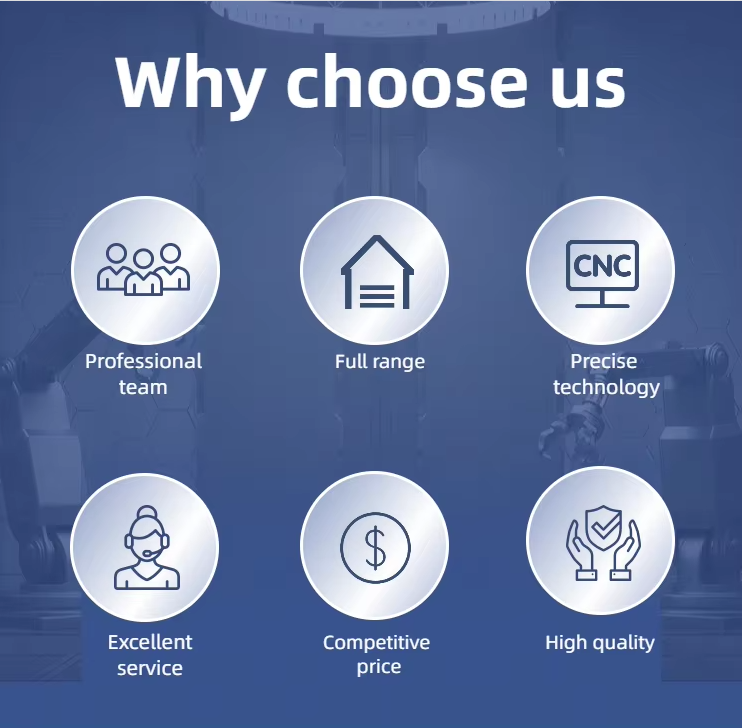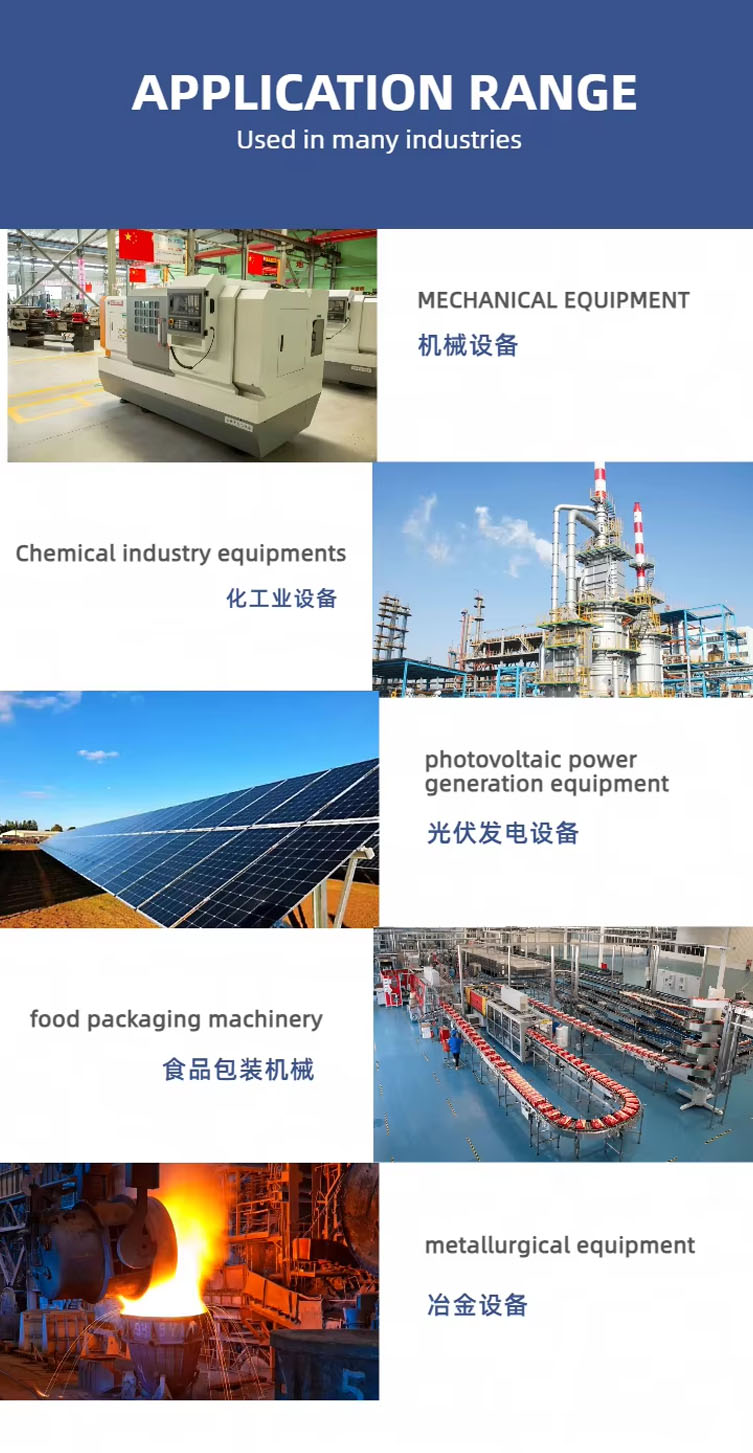Aluminum Jaw Coupling | Flexible Spider Coupling | Linear Module Coupling Manufacturer
v
- flexible shaft coupling
- Bore Diameter: 30 mm
- Maximum Speed: 5,000 rpm
- Rated Torque: 2000n-m
PRODUCTS
- Home
- Coupling
- Flexible couplings
- Shaft coupling
- Support
- Contact us
CONTACT US
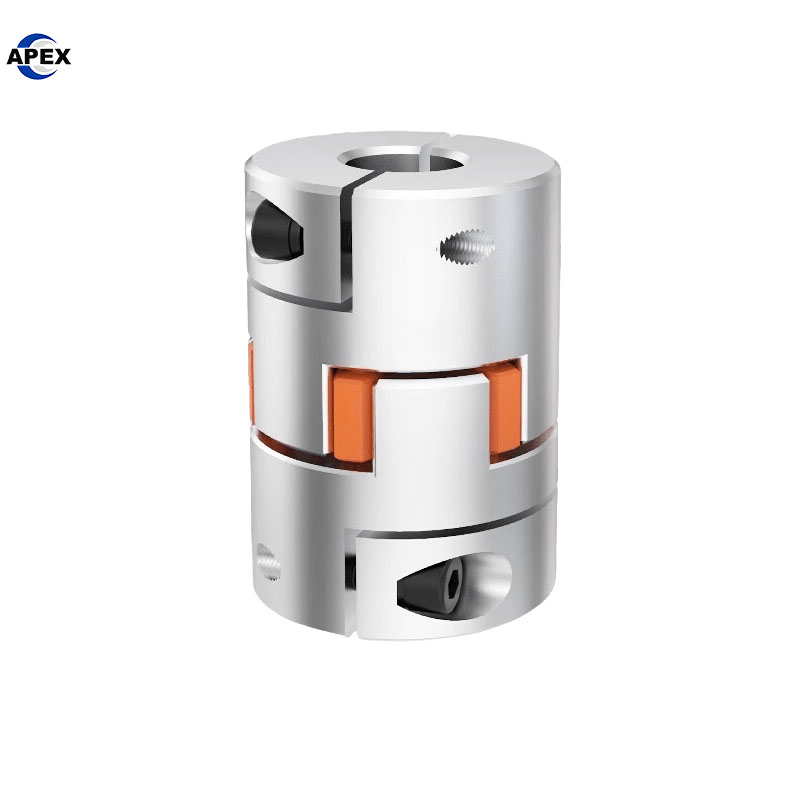
High-Precision Aluminum Jaw Coupling - Flexible Spider Coupling for Linear Modules & Construction Machinery
Model Number
made-to-order
- Phone : +86 13431039760
- Wechat : +86 13431039760
- Whatsapp : +86 13431039760
- Email : ella@apexcoupling.com
Product Description
Our precision aluminum jaw coupling represents the perfect fusion of durability and flexibility for demanding industrial applications. This robust jaw coupling features a unique spider design that provides excellent vibration damping and misalignment compensation while maintaining high torque transmission capabilities. Manufactured from high-grade aluminum with optional anodizing surface treatment, this flexible coupling delivers reliable performance in construction machinery, linear modules, and automated systems. With an impressive torque rating of 2000 N.M and speeds up to 5,000 RPM, this aluminum jaw coupling ensures smooth power transmission while protecting connected equipment from shock loads and vibration. The standard sizing and comprehensive customization options make it an ideal choice for various industrial applications requiring precision and reliability.
Key Features
Robust Aluminum Construction: High-strength aluminum body ensures durability and corrosion resistance
Flexible Spider Design: Elastic spider element provides excellent vibration damping and misalignment compensation
High Torque Capacity: Handles up to 2000 N.M for demanding applications
Precision Engineering: Ensures accurate positioning and smooth operation
Anodizing Surface Treatment: Optional surface treatment for enhanced corrosion protection
Easy Installation: Standard sizes and simple design facilitate quick assembly
Customizable Options: OEM support available for specific application requirements
Technical Specifications
| Parameter | Specification |
|---|---|
| Body Material | Aluminum |
| Structure Type | Jaw/Spider |
| Bore Diameter | 30 mm (Customizable) |
| Maximum Speed | 5,000 RPM |
| Rated Torque | 2000 N.M |
| Surface Treatment | Anodizing Optional |
| Flexibility | Flexible |
| Certifications | ISO9001, BV |
| Customization | OEM Supported |
Advantages & Benefits
| Feature | Benefit |
|---|---|
| Aluminum Construction | Lightweight yet durable, reducing system inertia |
| Flexible Spider | Absorbs vibration and compensates for misalignment |
| High Torque Rating | Suitable for heavy-duty applications and construction machinery |
| Precision Performance | Maintains accuracy in linear modules and automated systems |
| Corrosion Resistance | Anodizing option provides protection in harsh environments |
| Easy Maintenance | Simple design allows for quick inspection and replacement |
Applications
Linear modules and precision positioning systems
Construction machinery and equipment
Manufacturing automation systems
Material handling equipment
Packaging machinery
Industrial robotics
high torque aluminum jaw coupling, flexible spider coupling for linear modules, precision jaw coupling for automation, aluminum jaw coupling for construction machinery
jaw-type coupling, spider coupling, flexible jaw coupling, elastomeric coupling, power transmission coupling, machinery coupling, vibration damping coupling
Product Show
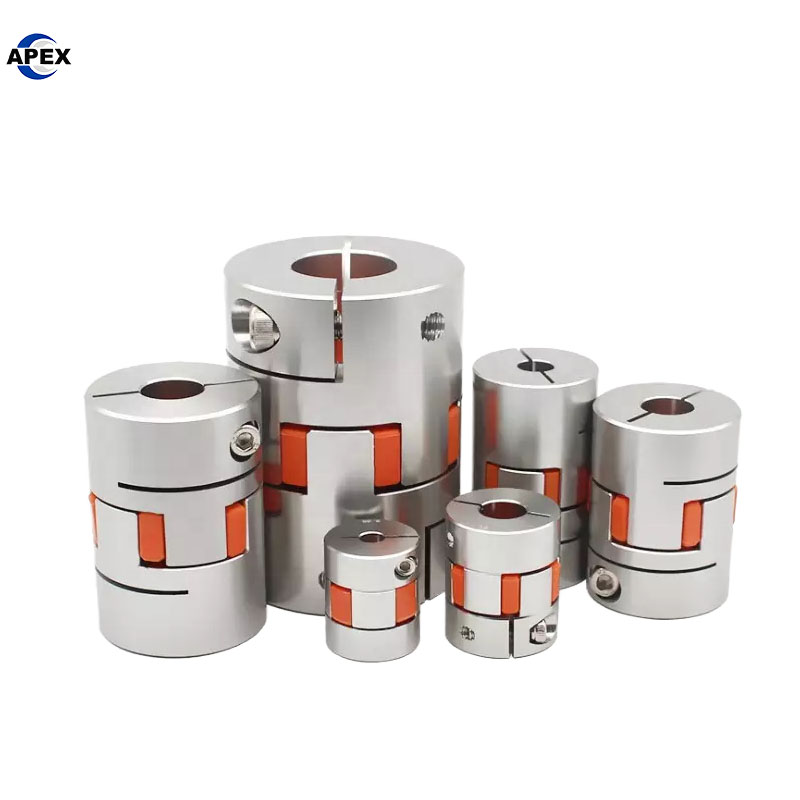
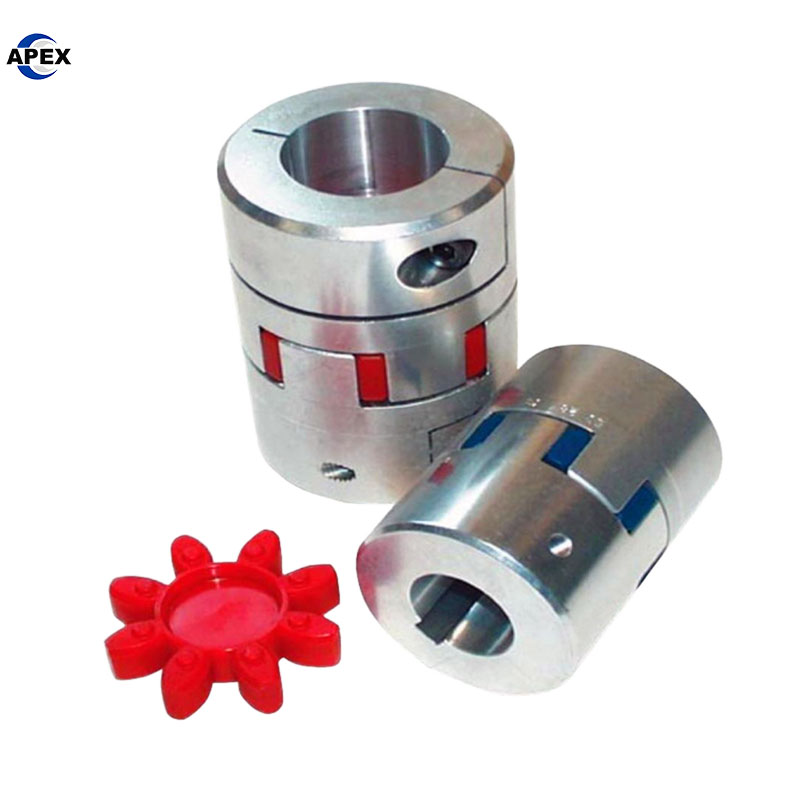

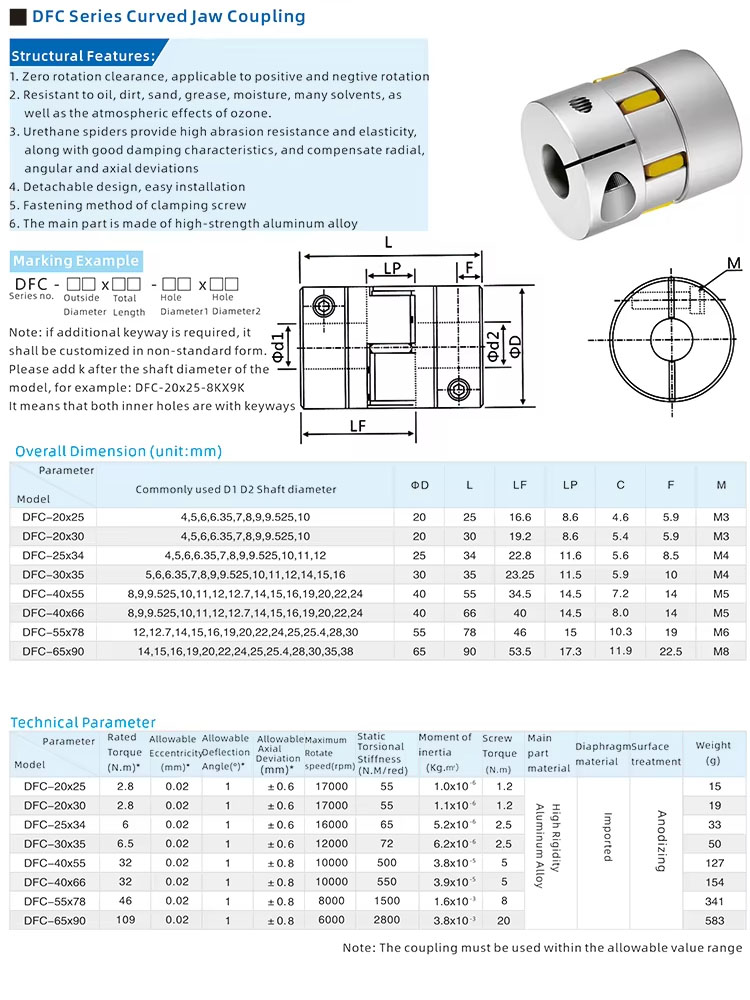
What is the OEM Customized High Quality Alloy Aluminium Jaw Coupling Linear Module Factory Flexible Spider Couplings used for?
This name points to a very common and versatile type of flexible coupling, but with specific features that dictate its ideal use cases.
Primary Use: General-Purpose, Low-to-Medium Power Transmission with Misalignment Compensation
The core function of this jaw coupling is to connect two shafts in machinery to transmit power while absorbing vibration and compensating for small amounts of misalignment. Its specific design makes it a top choice for automation and precision motion systems.
Detailed Breakdown of the Name and Its Implications:
Let’s decode its name to understand exactly what it’s used for:
Alloy Aluminium:What it means: The main body of the coupling is made from aluminum alloy.
What it’s used for: This makes the coupling lightweight and provides good corrosion resistance. The low weight reduces inertia, which is crucial for applications that require frequent starts and stops. However, it is not as strong as steel, so it’s suited for low-to-medium torque applications.
Jaw Coupling/Flexible Spider Couplings:What it means: This describes the design. It consists of two metal hubs (the “jaws”) and a flexible, elastic insert between them (the “spider”).
What it’s used for: The spider insert is the key component. It:
Absorbs Vibration and Shock: Protects motors and driven equipment from damaging pulses and vibrations.
Compensates for Misalignment: Handles minor parallel, angular, and axial misalignment between the connected shafts.
Is Electrically Insulating: Helps prevent electrical arcing (bearing currents) between shafts.
Linear Module Factory:This is the most critical clue. Linear modules (also called linear actuators or sliding units) are key components in automation. They are used to create precise, programmable linear movement in machines.
What it’s used for: In these systems, the coupling is used to connect a servo motor or stepper motor to a ball screw or lead screw. Its job is to ensure the motor’s rotary motion is smoothly and accurately transferred to the screw to create linear motion, while protecting the expensive motor and screw from misalignment stress.
OEM Customized:What it means: The manufacturer can customize key parameters.
What it’s used for: This is essential for OEMs (Original Equipment Manufacturers) building linear modules and other automated machinery. They can order couplings with specific:
Bore Sizes to perfectly fit their motor and screw shafts.
Keyways or set-screws for secure attachment.
Spider Hardness (e.g., different polyurethane or NBR elastomers) to fine-tune the coupling’s flexibility and torque capacity for their specific application.
High Quality:What it means: Implies precision machining for good balance and minimal runout.
What it’s used for: Ensures smooth operation, even at higher speeds, which is critical for maintaining the accuracy and repeatability of a linear module.
Summary of Typical Applications:
This type of coupling is a workhorse in automated systems and general machinery. You will typically find it in:
Factory Automation & Robotics:
Linear Modules / Cartesian Robots: The primary application, connecting motors to ball screws.
Conveyor Systems: Connecting drives to conveyor rollers.
Pick-and-Place Units.
Assembly Machines.
Packaging Machinery:
Filling machines, labeling machines, and wrapping machines.
CNC Machinery:
Often used for auxiliary axes or in lower-power spindles.
General Power Transmission:
Pumps, fans, and small gearboxes where vibration damping and minor misalignment compensation are needed.
Why Choose This Over Other Couplings?
vs. Rigid Couplings: It provides essential flexibility and protection that rigid couplings lack.
vs. High-Performance Diaphragm Couplings: It is more cost-effective and perfectly adequate for the vast majority of automation tasks, where extreme torque and speed are not required. Diaphragm couplings are used for higher power, higher speed, and more precise (zero-backlash) applications.
In a nutshell: This Alloy Aluminum Jaw Coupling is the go-to component for engineers building automated factory equipment. It’s the reliable, flexible, and customizable “joint” that ensures the smooth and accurate movement of linear modules and other automated systems, protecting sensitive and expensive components from the stresses of misalignment.
